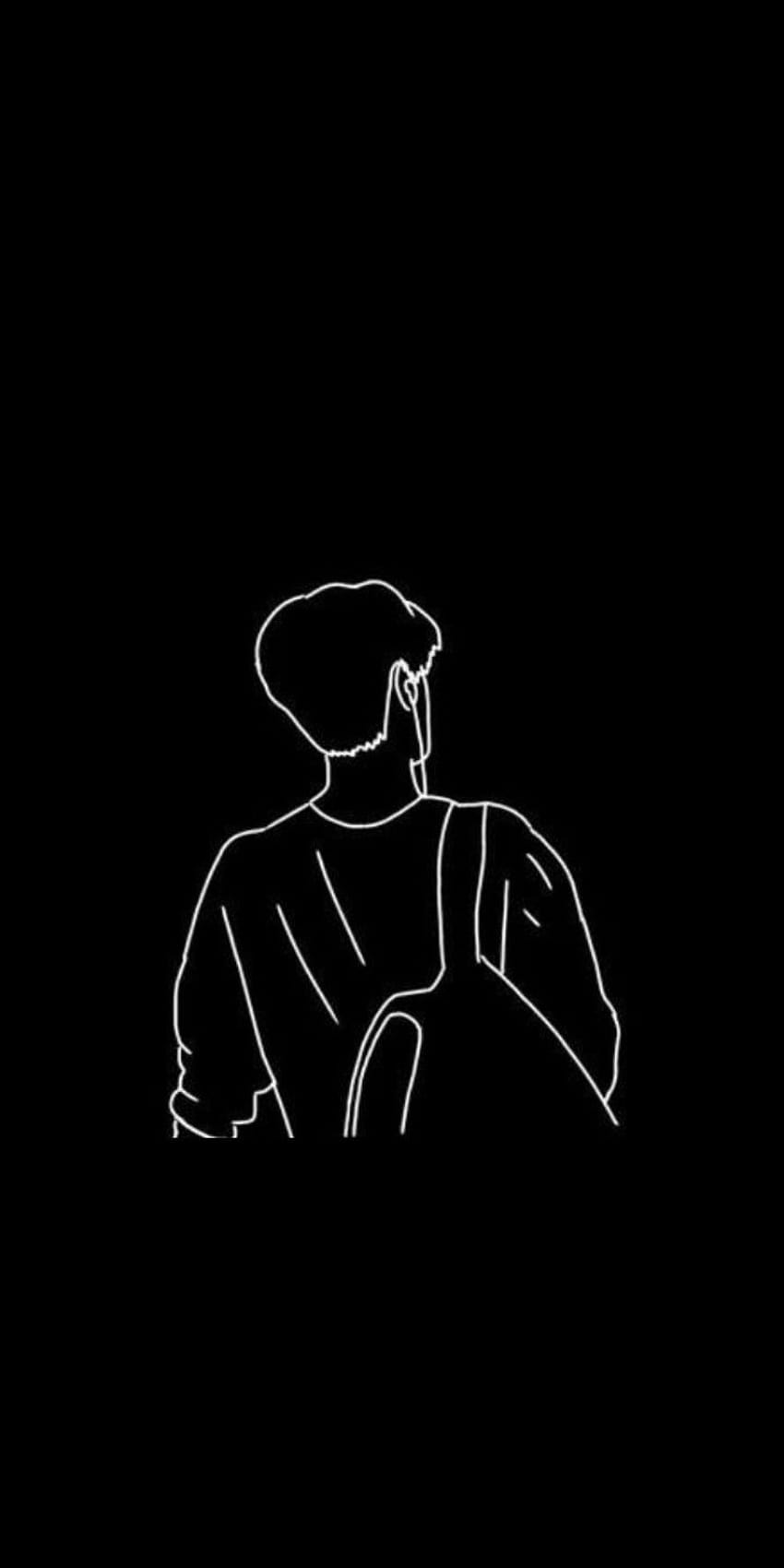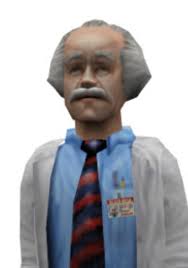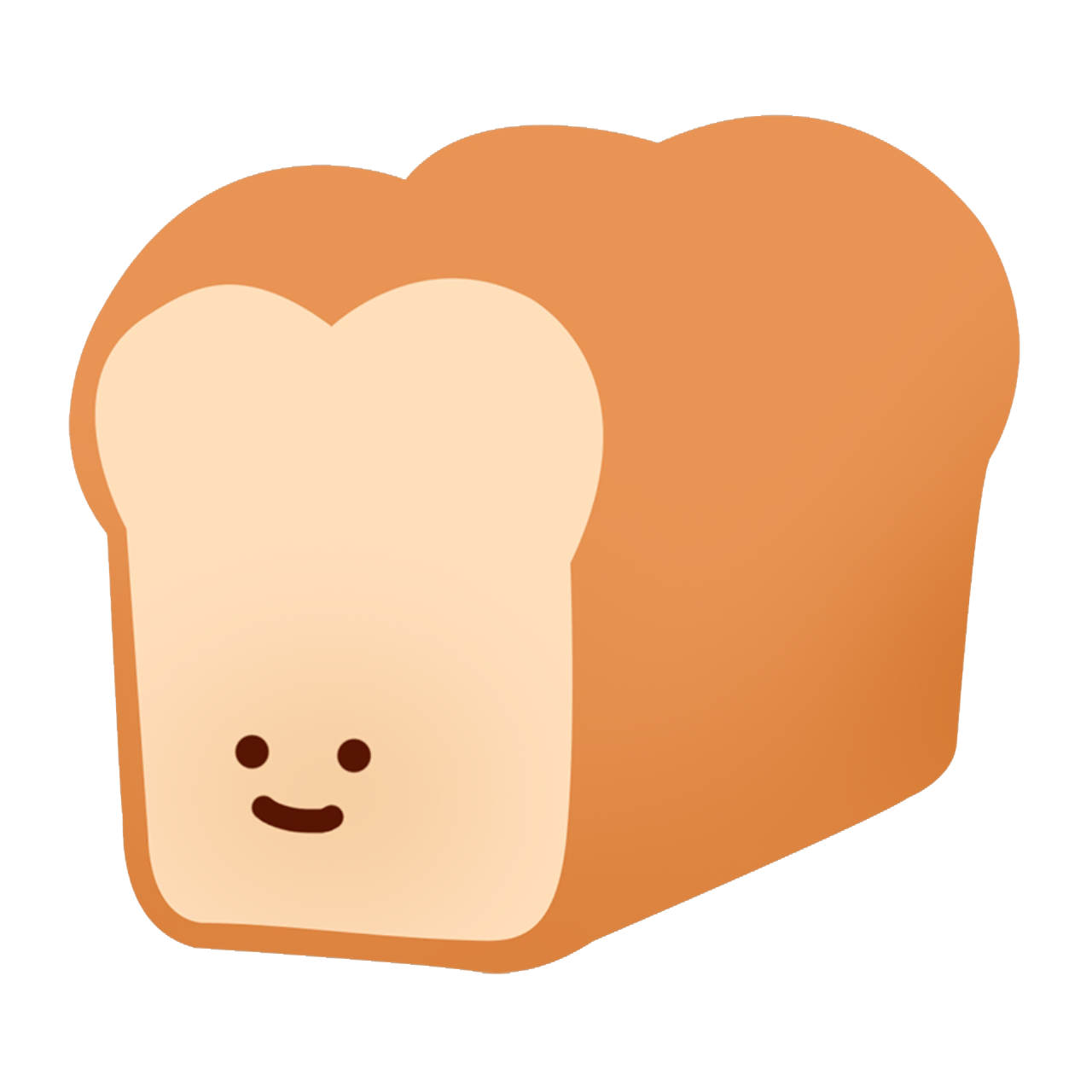At work we somehow landed on the topic of how many holes a human has, which then evolved into a heated discussion on the classic question of how many holes does a straw have.
I think it’s two, but some people are convinced that it’s one, which I just don’t understand. What are your thoughts?
If you make the straw less long, it’s a donut. And a donut obviously has 1 hole. So a long donut only has one hole. Q.E.D
1 ‘hole’ if you can call it that. Imagine if the straw started life as a solid cylinder and you had to bore out the inside to turn it into a straw: if that were the case, you would drill 1 hole all the way through it.
Another analogy is a donut. Would you agree that a donut has just 1 hole? I would say yes. Now stretch that donut vertically untill you have a giant cylinder with a hole in the middle. That’s basically now just a straw. The fact you stretched it doesn’t increase the number of holes it has.
So as you begin to bore, that is one hole. But when you go through the other side, you have in fact made two holes. I think a donut can actually be thought of either as one hole or two holes, or more correctly; two holes that are the same hole.
Back to the straw; if you make another hole in the side of the straw half way up, would it still have one hole? Or two holes? Or three holes?
A bit like thinking of the human digestive tract, most of us would agree that your mouth is a different hole to your anus, but we agree that they are in two ends of the same system
Imagine if the straw started life as a solid cylinder and you had to bore out the inside to turn it into a straw
This would mean a straw has a hole, yes. It would be like a donut indeed - donuts are first whole, then have the hole punched out of them. This meets a dictionary definition of a hole (a perforation). A subtractive process has removed an area, leaving a hole.
But straws aren’t manufactured this way, their solid bits are additively formed around the empty area. I personally don’t think this meets the definition.
Your topological argument is strong though - both a donut and straw share the same topological feature, but when we use these math abstractions, things can be a bit weird. For instance, a hollow torus (imagine a creme-filled donut that has not yet had its shell penetrated to fill it) has two holes. One might not expect this since it looks like it still only obviously has one, but the “inner torus” consisting of negative space (that represents the hollow) is itself a valid topological hole as well.
On the matter of the doughnut: If you make them at home, you’re almost always just rolling a cylinder and then making it a circle. I have never actually punched a hole out of a doughnut. That would mess up the toroidal shape.
But also: So you’re saying a straw has 0 holes?
Maybe she’s not, but I am. An intact straw has zero holes. If you stick a pin in the side, it has one. If you stick a pin all the way through, it has two.
Classic topology question. Absolutely one hole; it goes all the way through.
Of course, connotatively, two is a fine assessment, but not in topology.
How many holes does a donut have? Now just try to image the real difference between a straw and a donut. Is there one, aside from deliciousness?
How many holes does a donut have?
Now make the donut higher. A lot higher. Now you have a donut-tunnel. Now make the walls thinner. Now shrink it. Now you have a straw.
One hole.
It’s just one long hole.
Does a doughnut have two holes?
Because a straw is just an elongated doughnut.
A regular straw has zero holes. The central cavity, through which beverages flow, is not part of the straw, and hence it’s endpoints are not holes in the straw.
A straw is topologically the same as a donut. It absolutely has one hole.
Just realized humans are topological donuts
You guys are all getting down voted and this misses out on the pure entertainment value of these comments
Thought so, donut.
Mathematically It’s one. Think of a disk, like a CD, does it have one hole or two? One, right? Now imagine you can make it thicker, I.e. increase the height, and then reduce the outer radius… Making it progressively more straw-like. At what point does it stop having 1 hole and begin to have 2?
Topologically they’re the same shape.
I’m sure Matt Parker has a video on this topic in YouTube. Here
The specific field is topology fyi
A straw has zero holes
Then how does the liquid go through it
A straw is geometrically the same as a circular piece of paper with a z depth of zero and a hole in the middle. Because the z depth is zero there is only one hole. As you add thickness the one hole remains. Therefore, a straw has one hole.
so, using this logic, how many holes does a human have? 2? 2 1/2?
deleted by creator
one hole is going through the straw
No it’s two holes
It has two exits, one hole.
If you drill a hole in a block of wood you create one hole not two, note that whether or not the drill exits the opposite side, only one hole has been created despite differing numbers of exits.
What if you drill through a book?
You’ll be banned from the bookstore
By the logic of most of the comments in here, does this mean most people are wrong when they say they are digging a hole???
I’m Diggy Diggy crater








